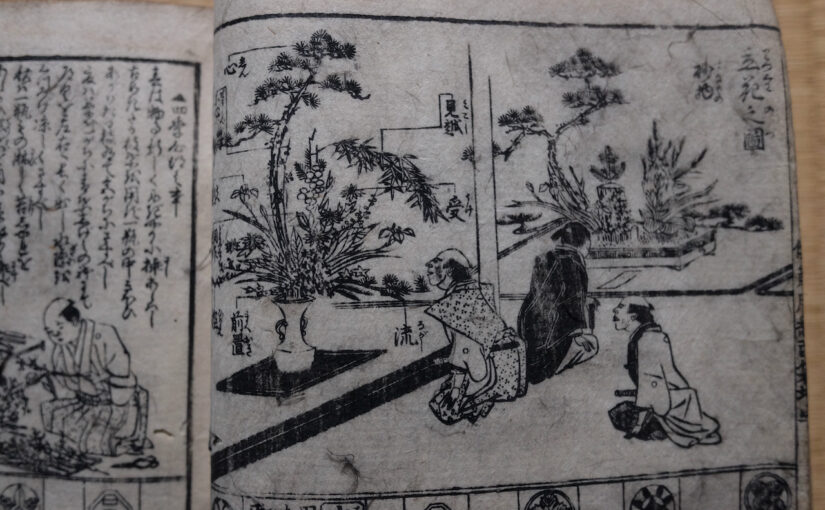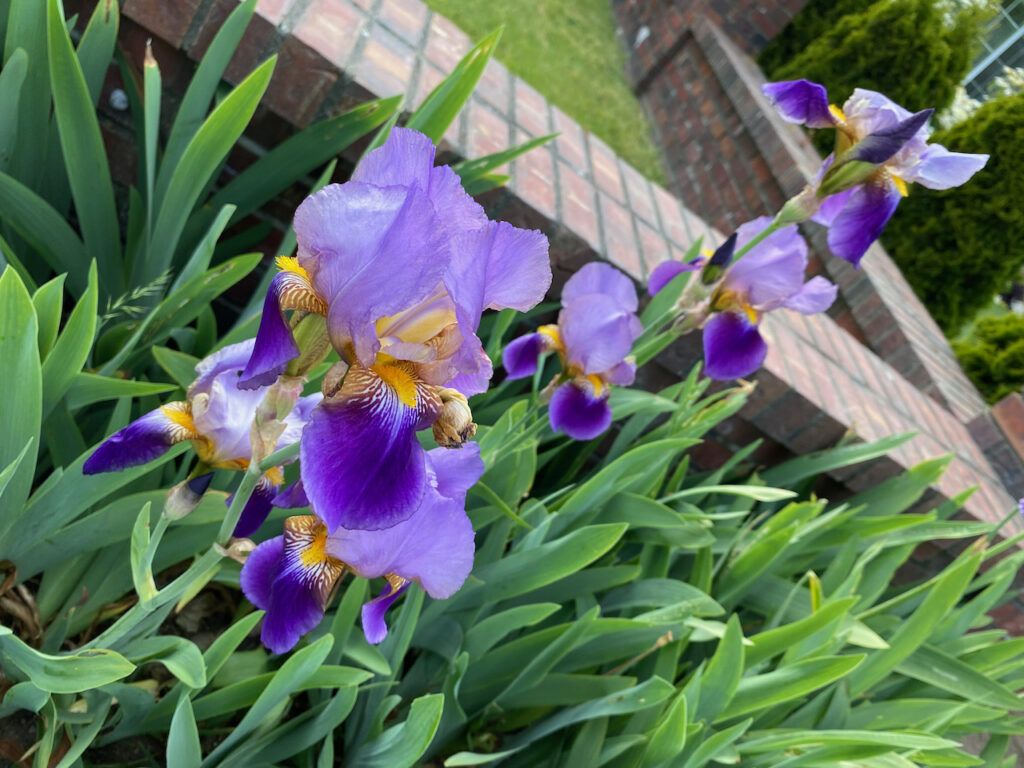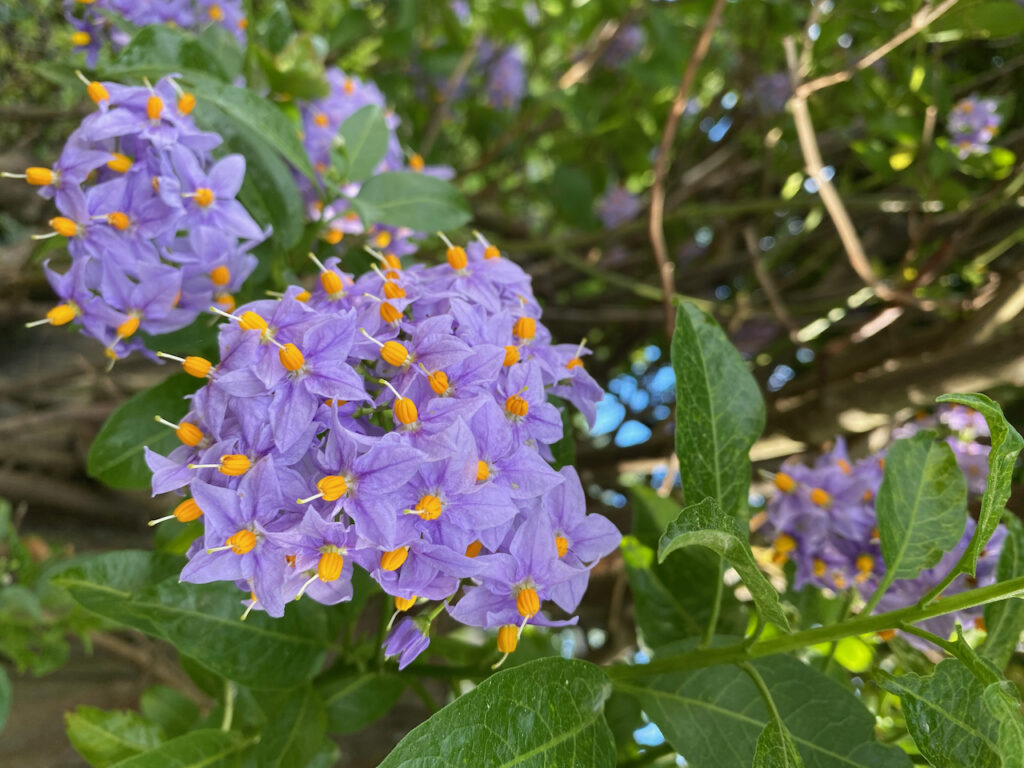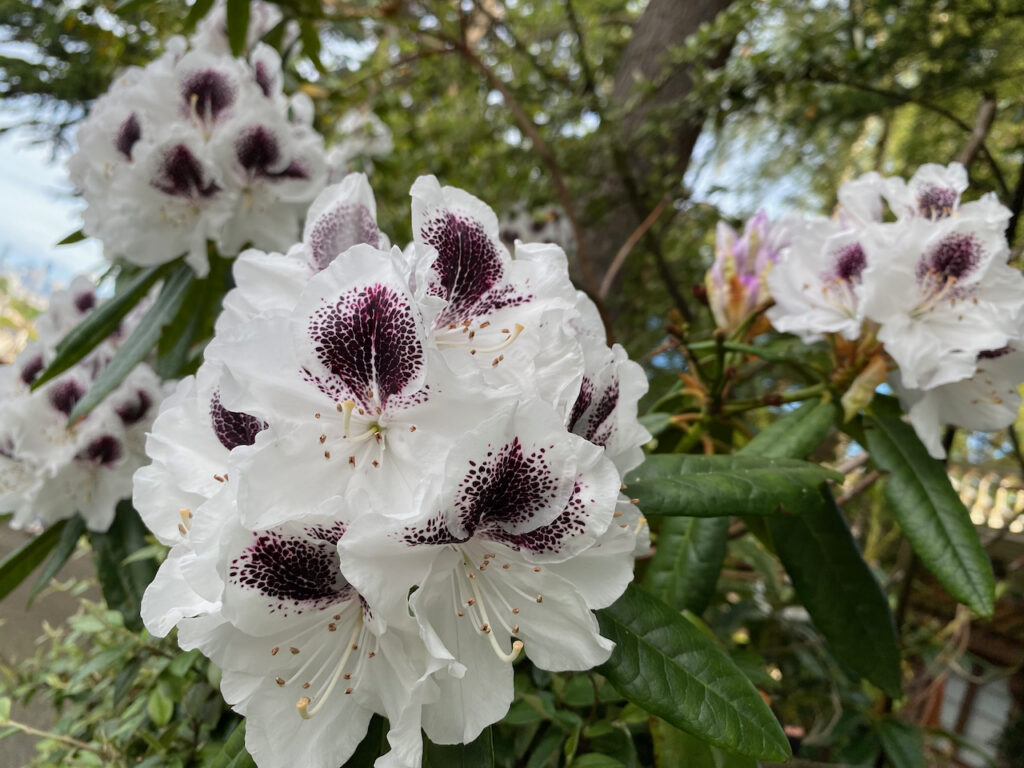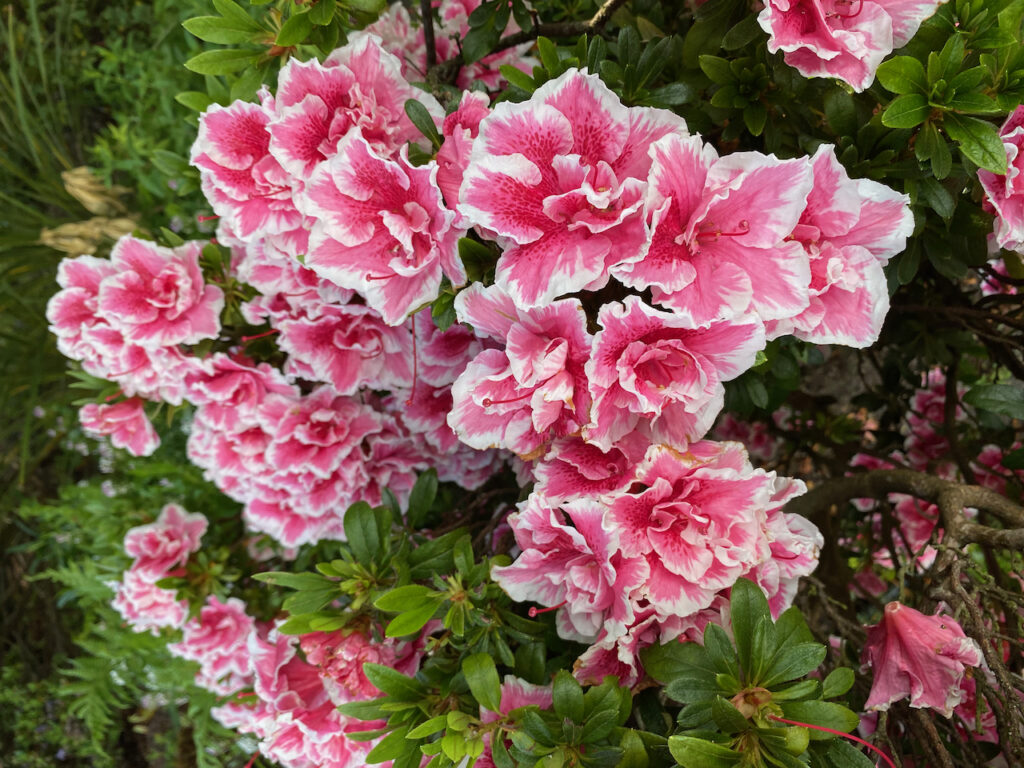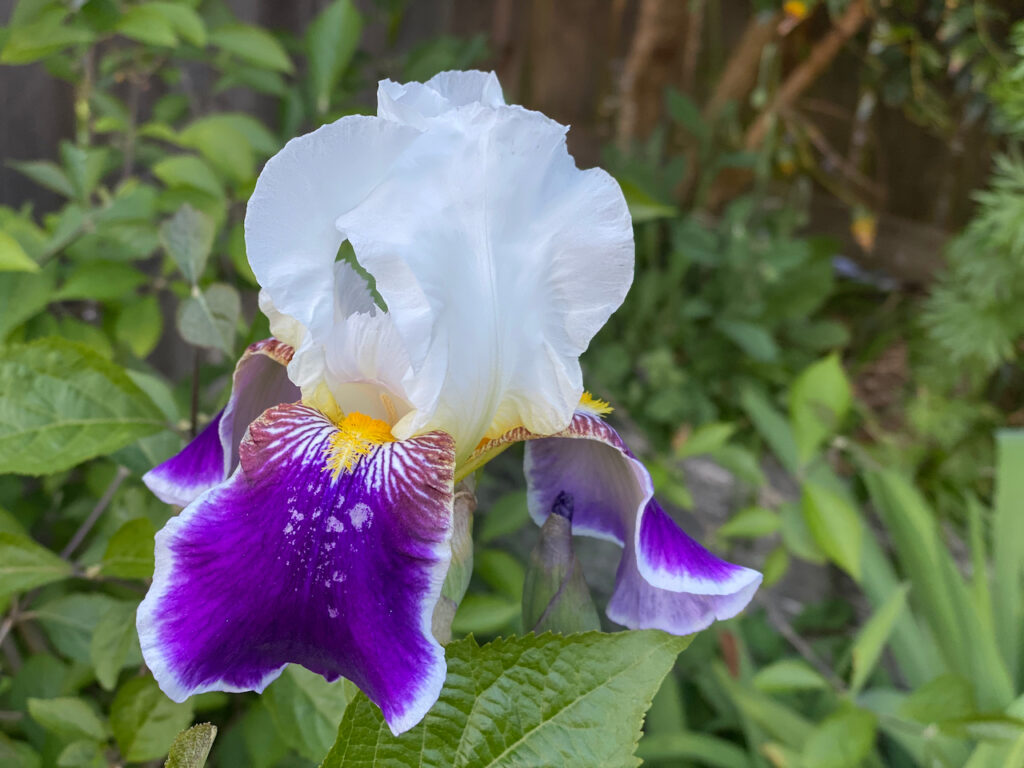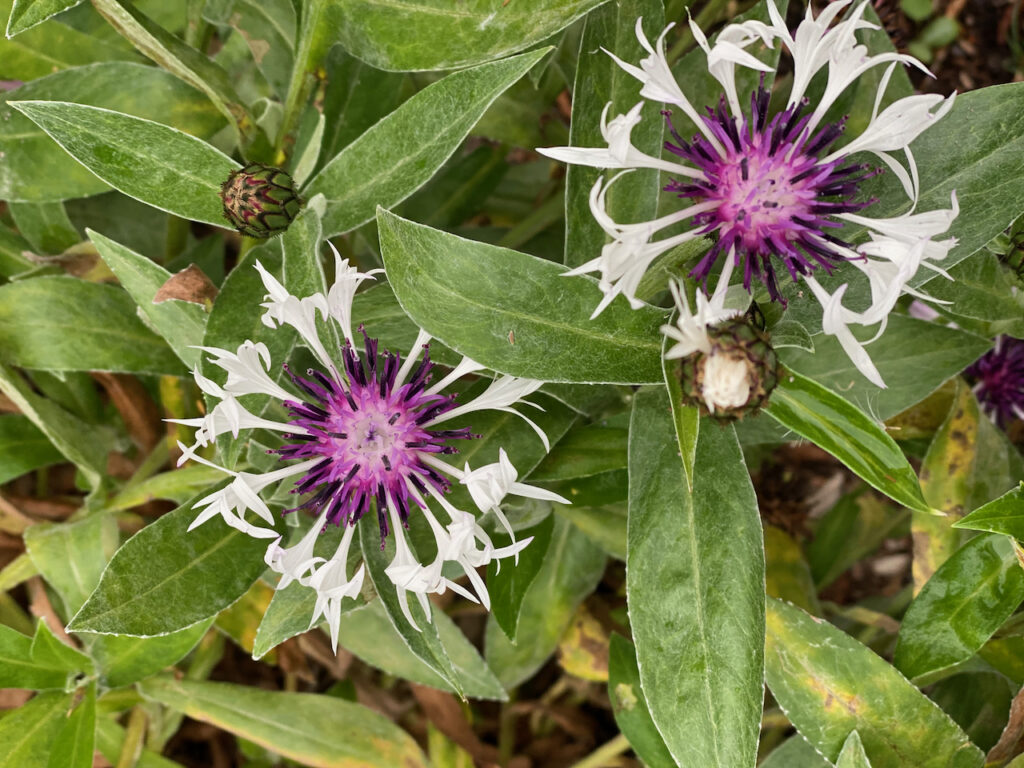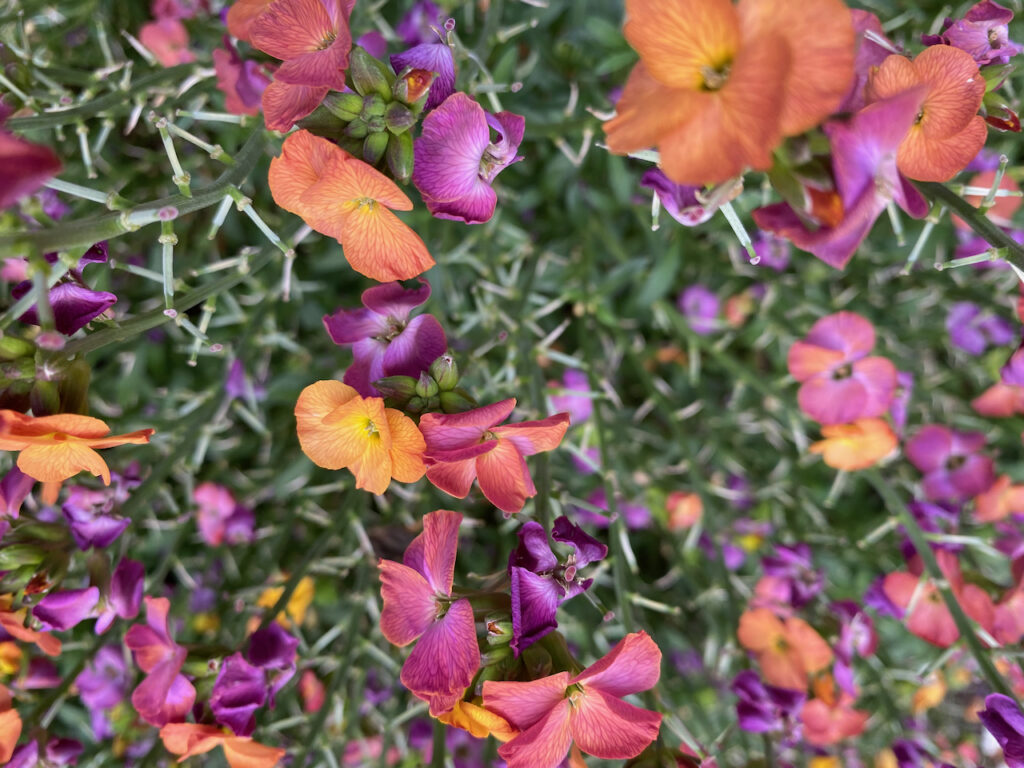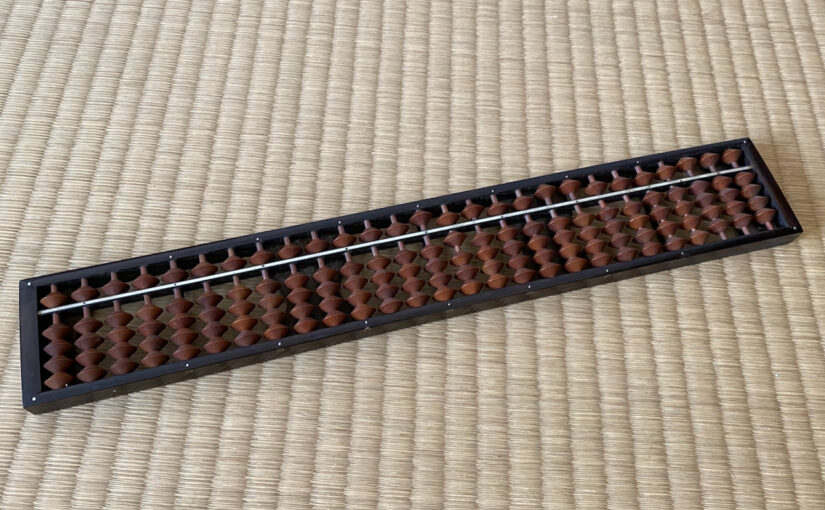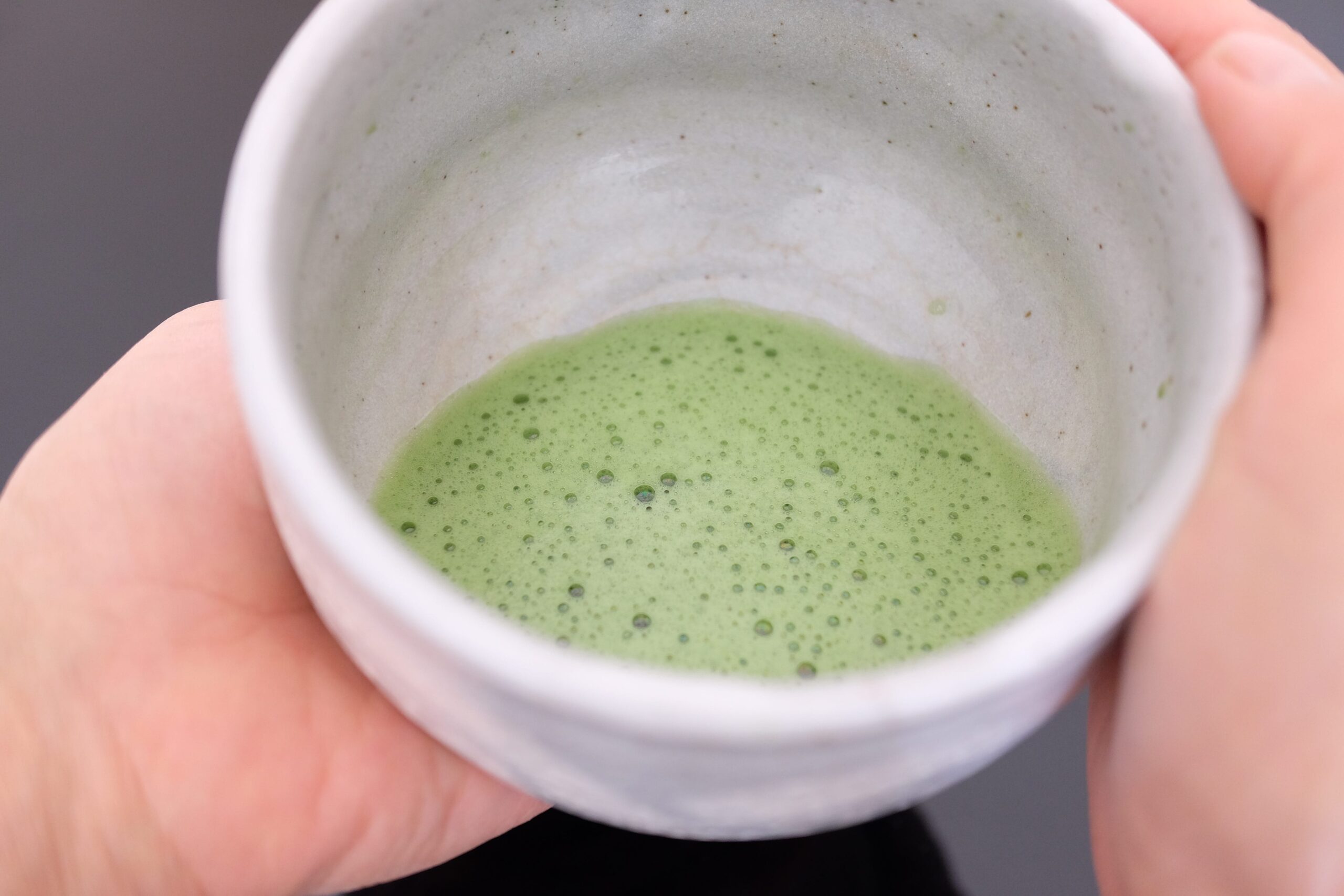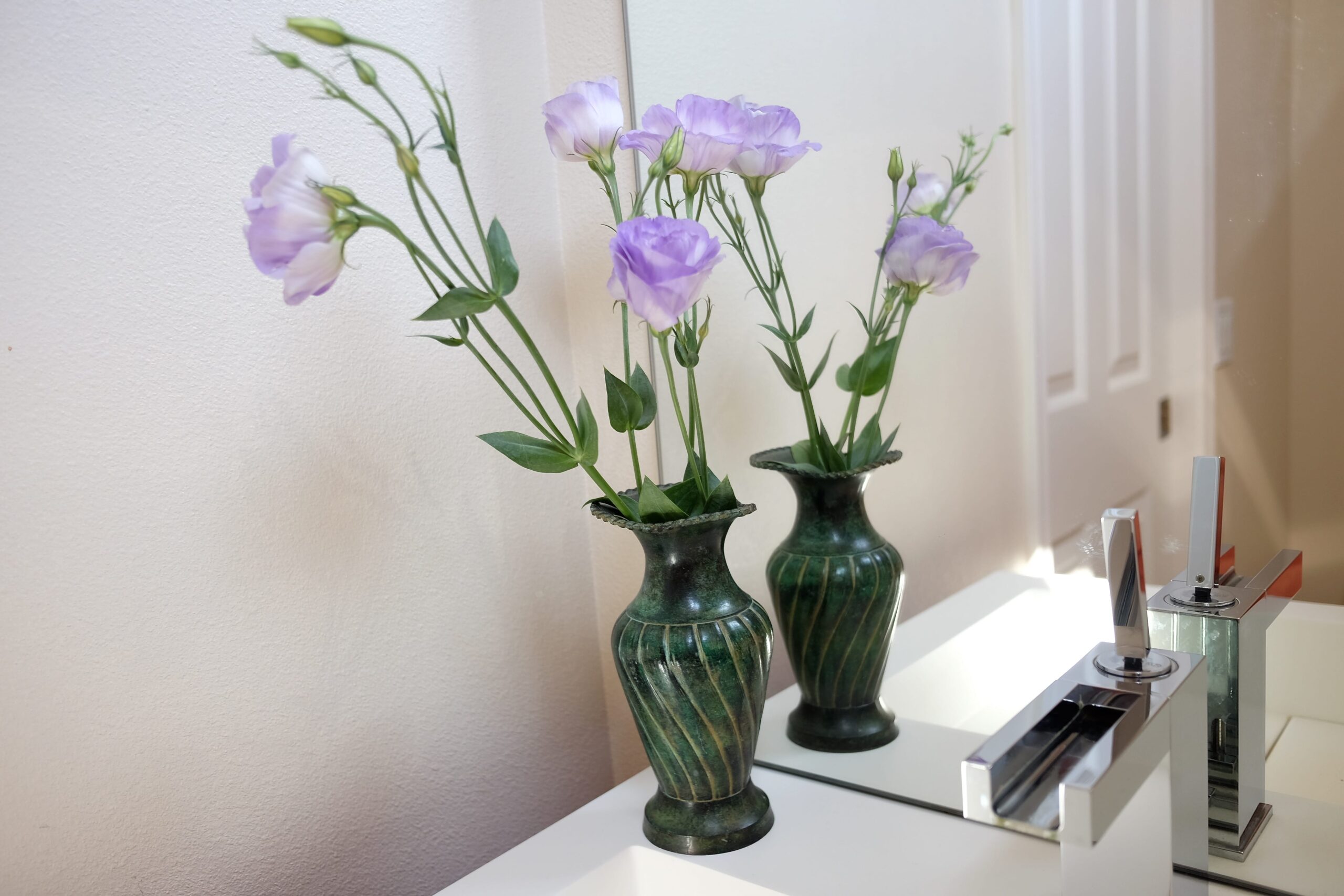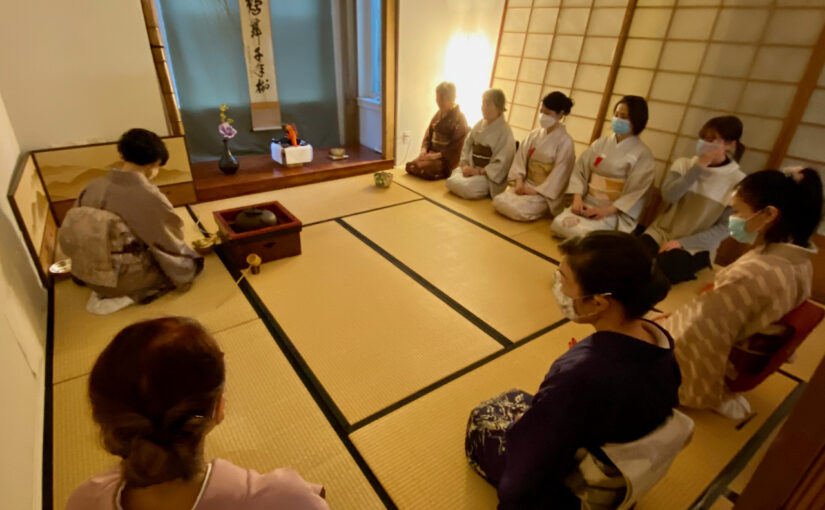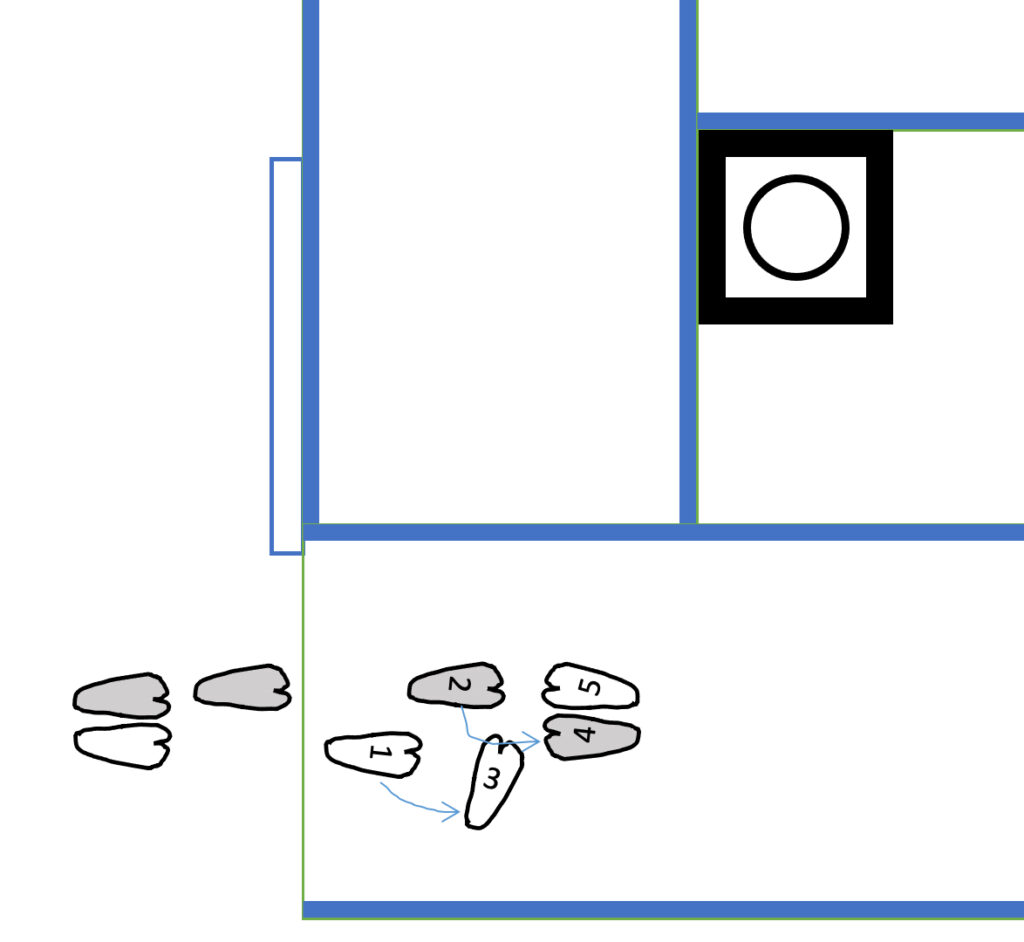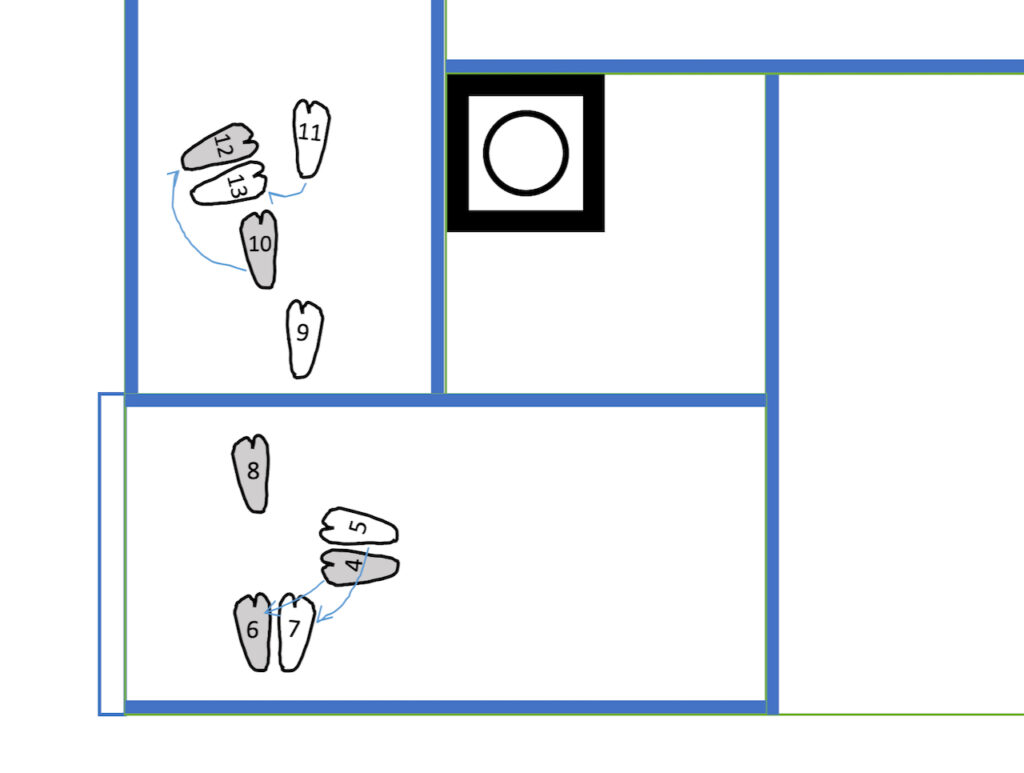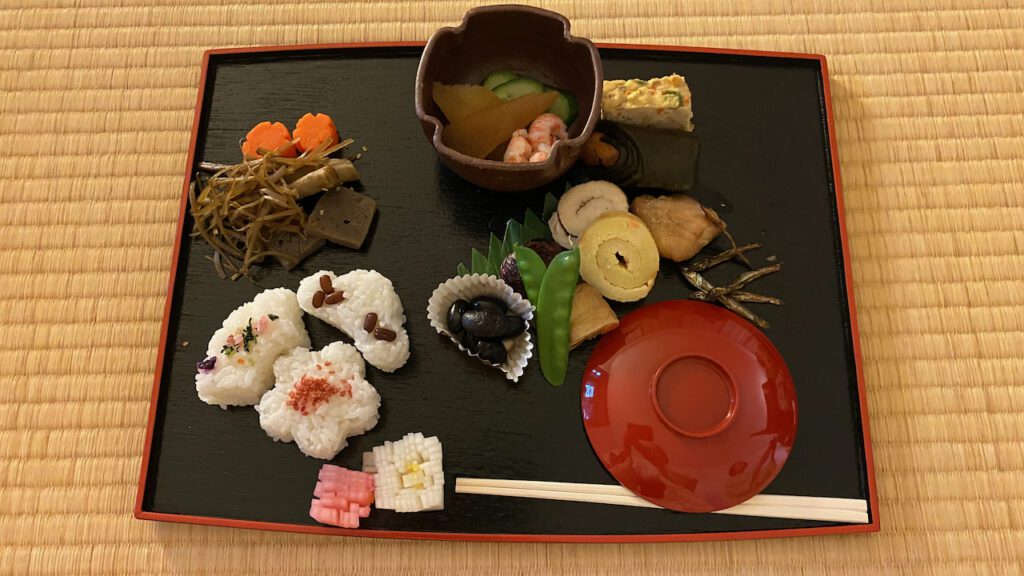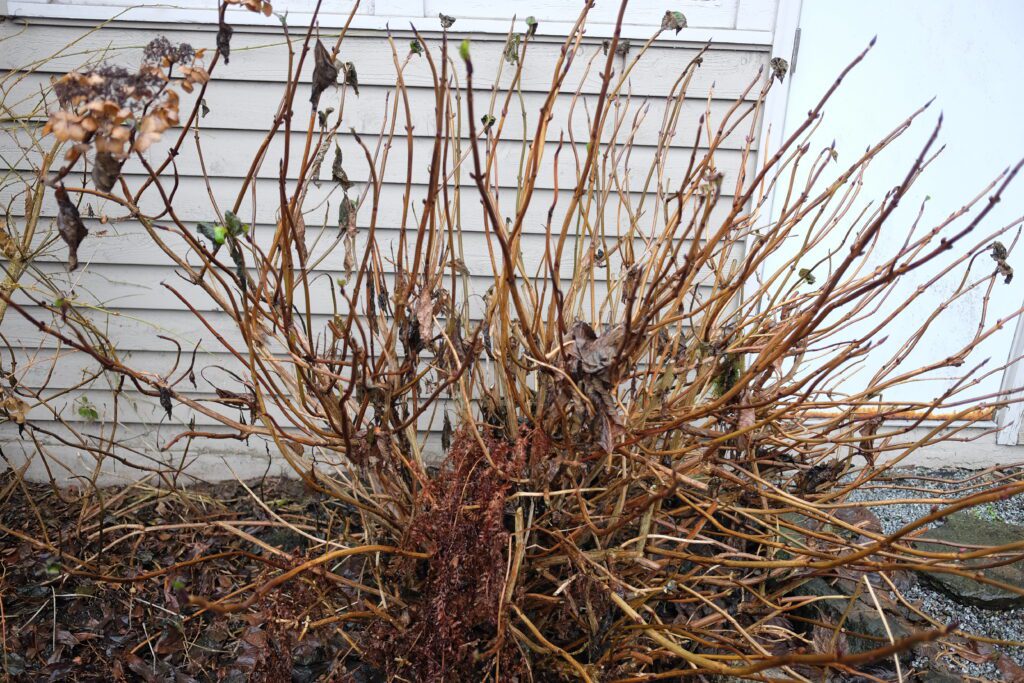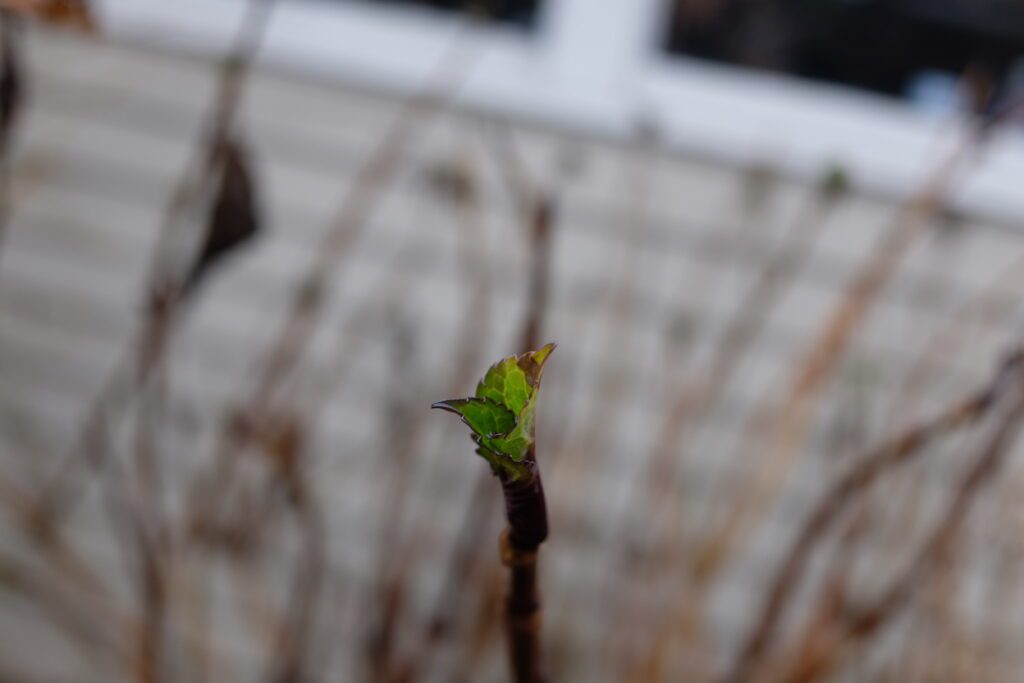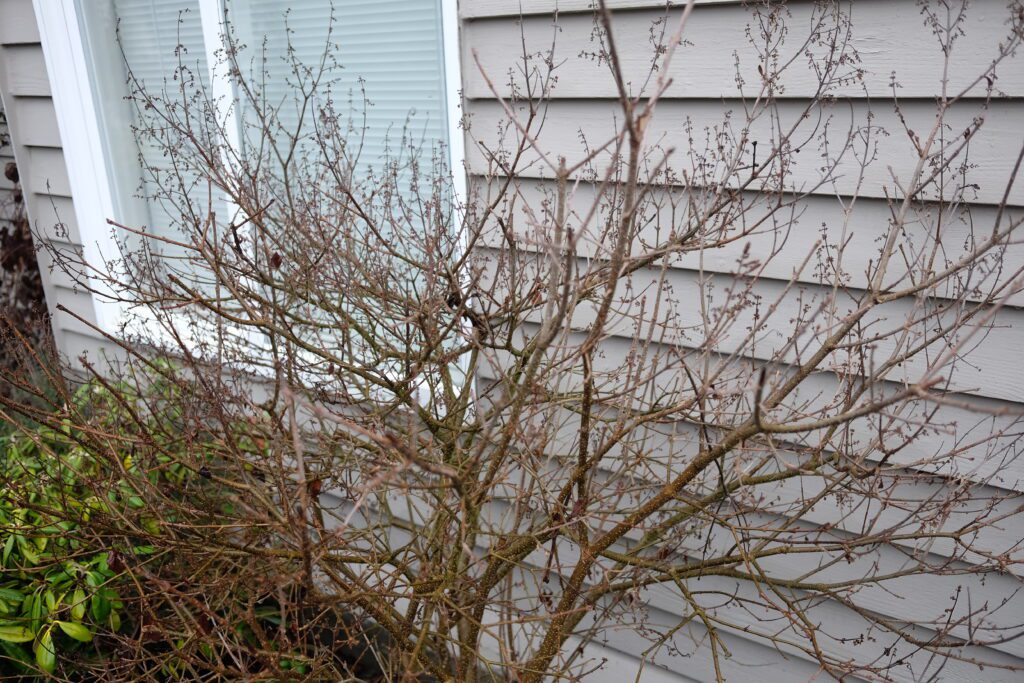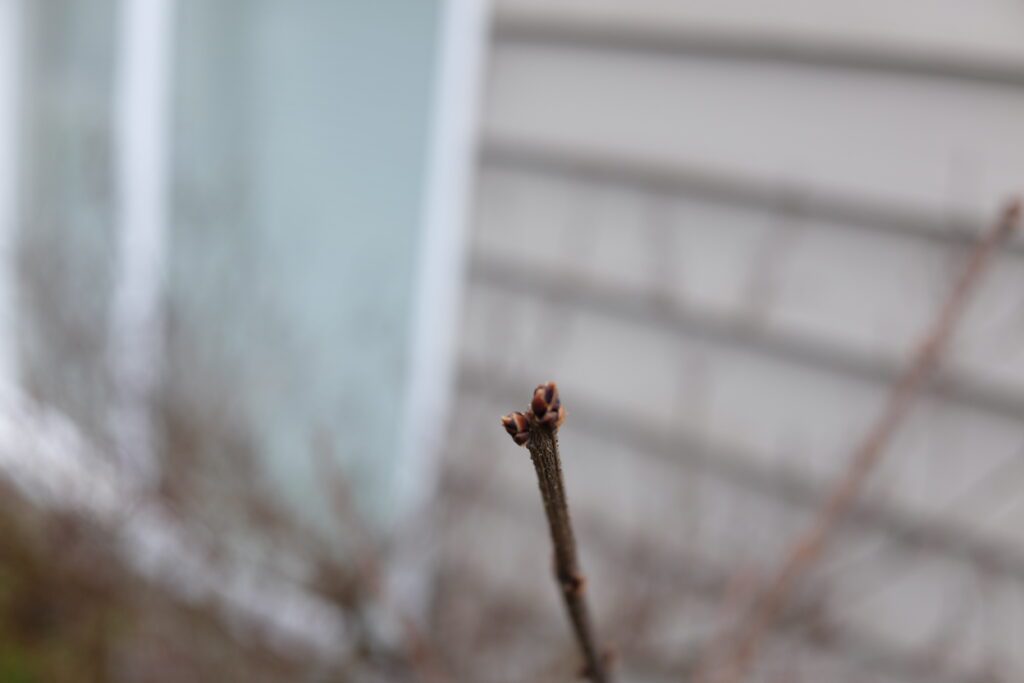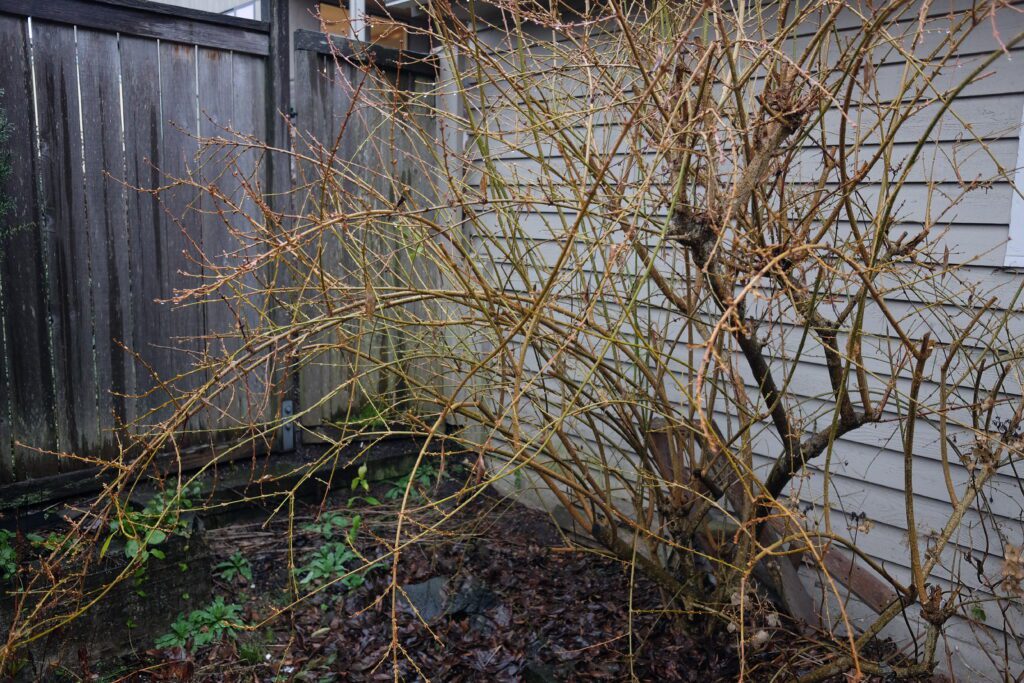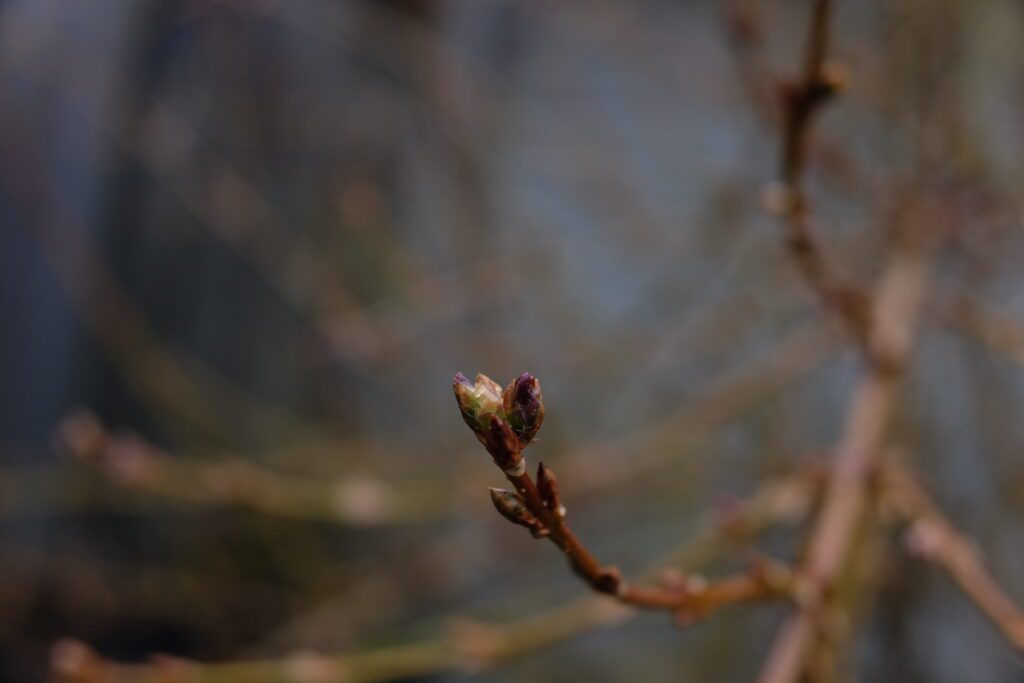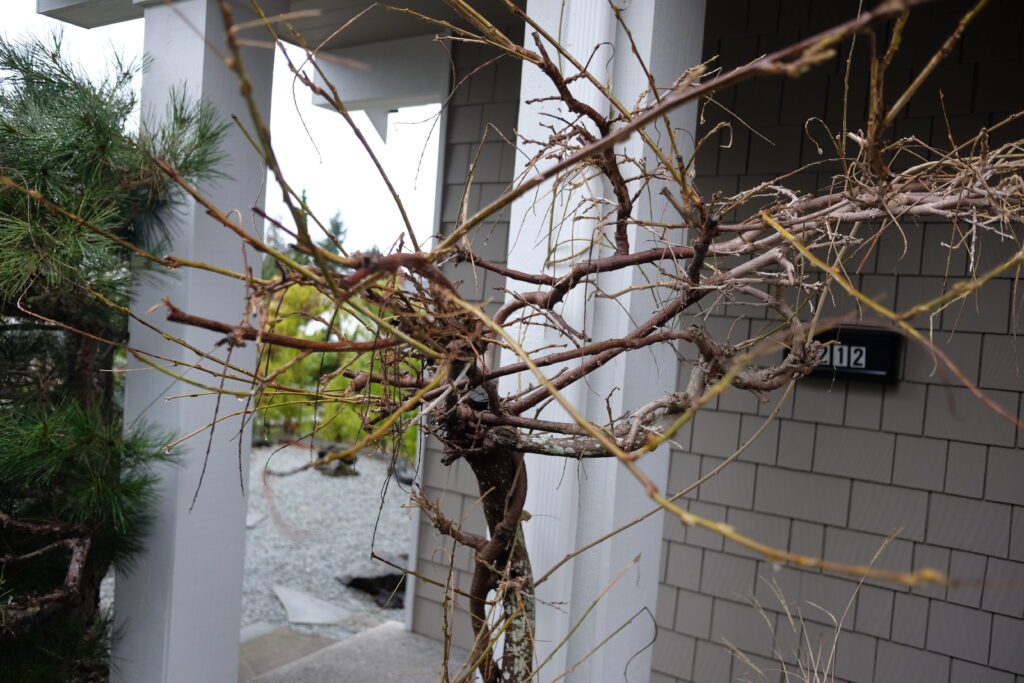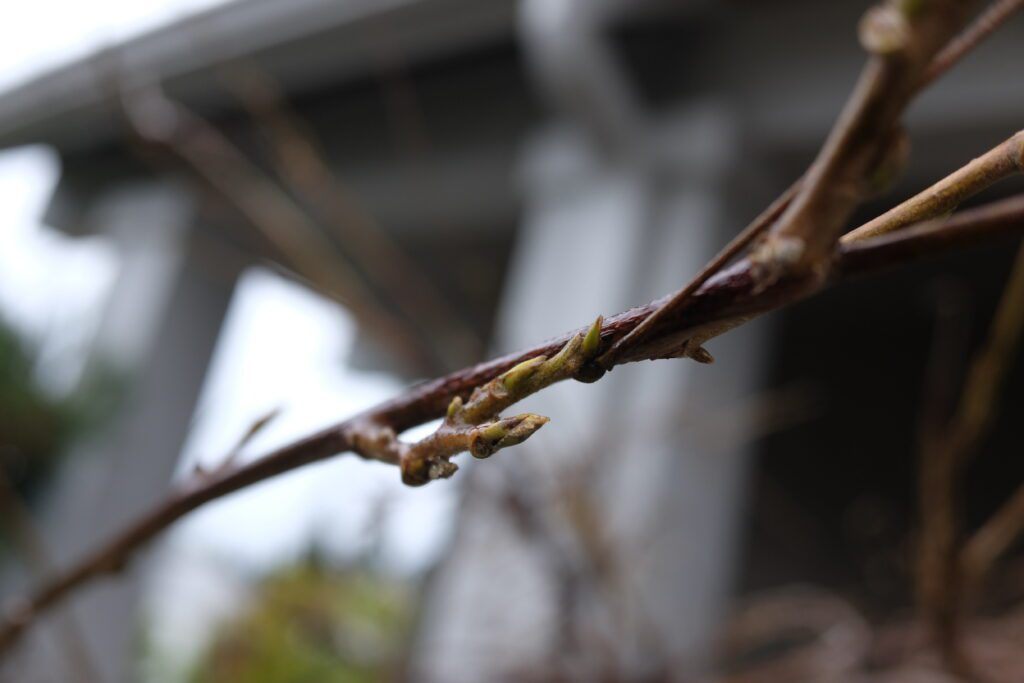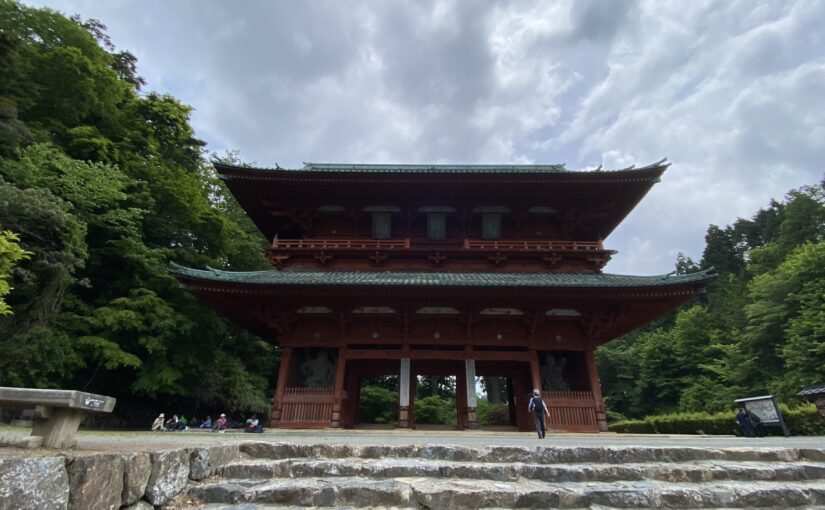They were avid practitioners of Ikebana (flower arrangement)
Photo by Author Akemi Sagawa
I found this book at Kyoto Art and Antiques warehouse sale in Seattle several years ago. As always, this book was buried in a pile of old books in a basket.
The book was in pretty bad shape. The front page was torn. I still don’t even know the title of this book. I could barely read on the last page that it was printed in Kyoto in “文政九年”.
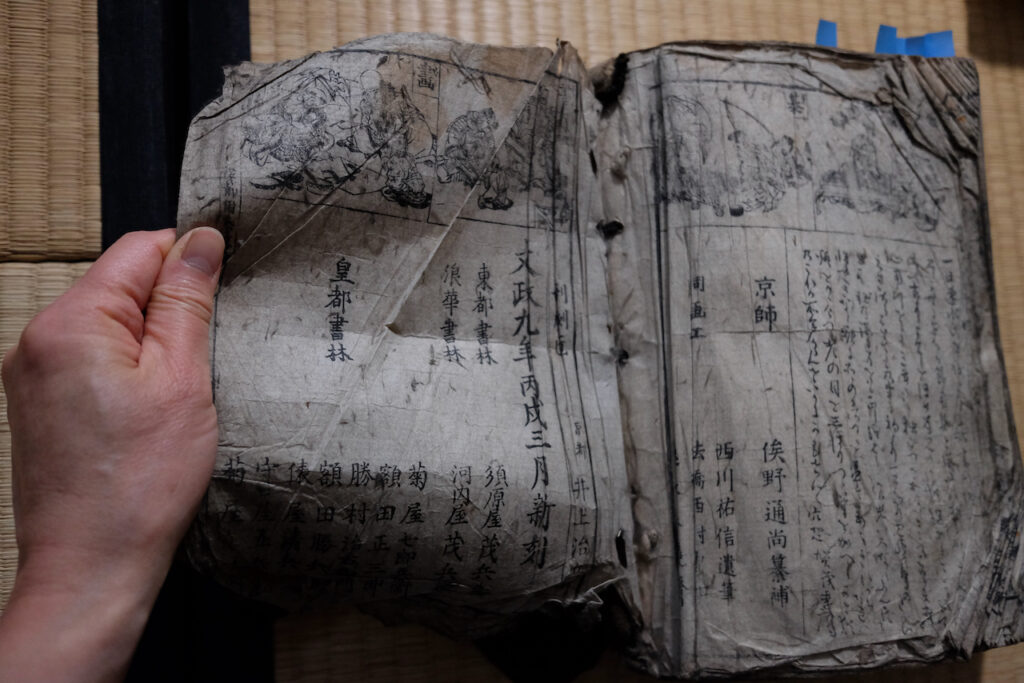
I bought this book because I found the page which was showing three samurai men sitting on their knees, taking a closer look at the large Ikebana flower arrangements displayed in the alcove. And another page was showing a samurai and a Buddhist monk arranging flowers.
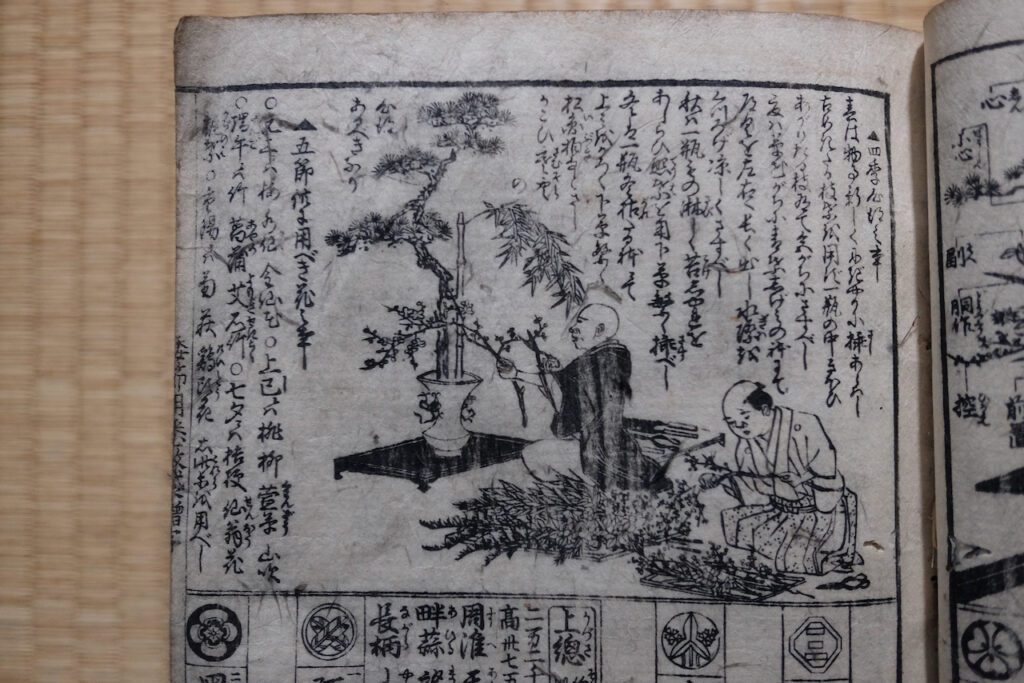
After I bought this book, I confirmed that “文政九年” was 1826.
This book was published 197 years ago! When it was published, Japan still closed its doors to western countries and was enjoying almost 200 years of peaceful time without wars. The samurai clan was still reigning the country.
Two hundred years ago, mostly men practiced Ikebana (Japanese flower arrangement). Especially samurai, the ruling class. This worn-out old book is evidence of this historical fact.
In peaceful times, masculinity was not enough for the ruling samurai clan. They were expected to be highly cultured, and practicing Ikebana was one of them.
If you visit Japan today, you will see more than 90 % of people who practice Ikebana are women. Even here in the US, most of my Ikebana students are women. Somehow there exists a certain gender bias about practicing Ikebana.
If you are a man and interested in Ikebana, please don’t hesitate. I hope this old book will encourage you to take up learning Ikebana. Believe me, it’s fun. Even the samurai knew about it!
